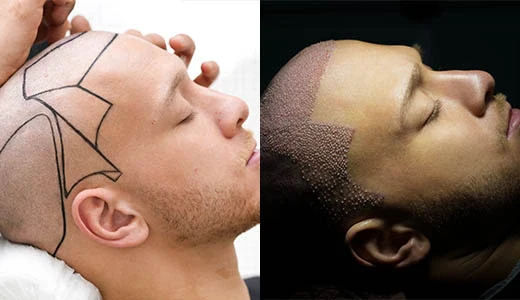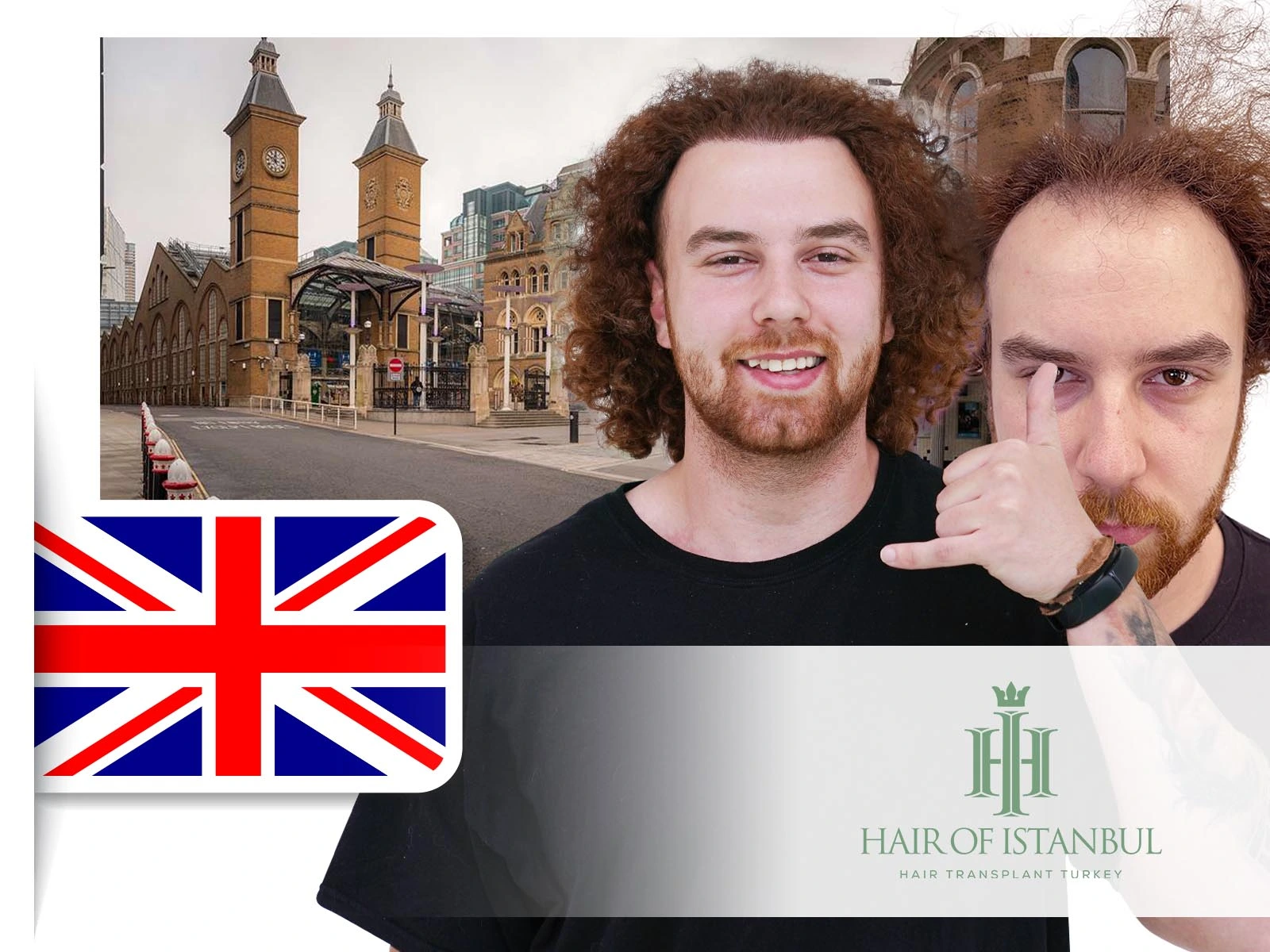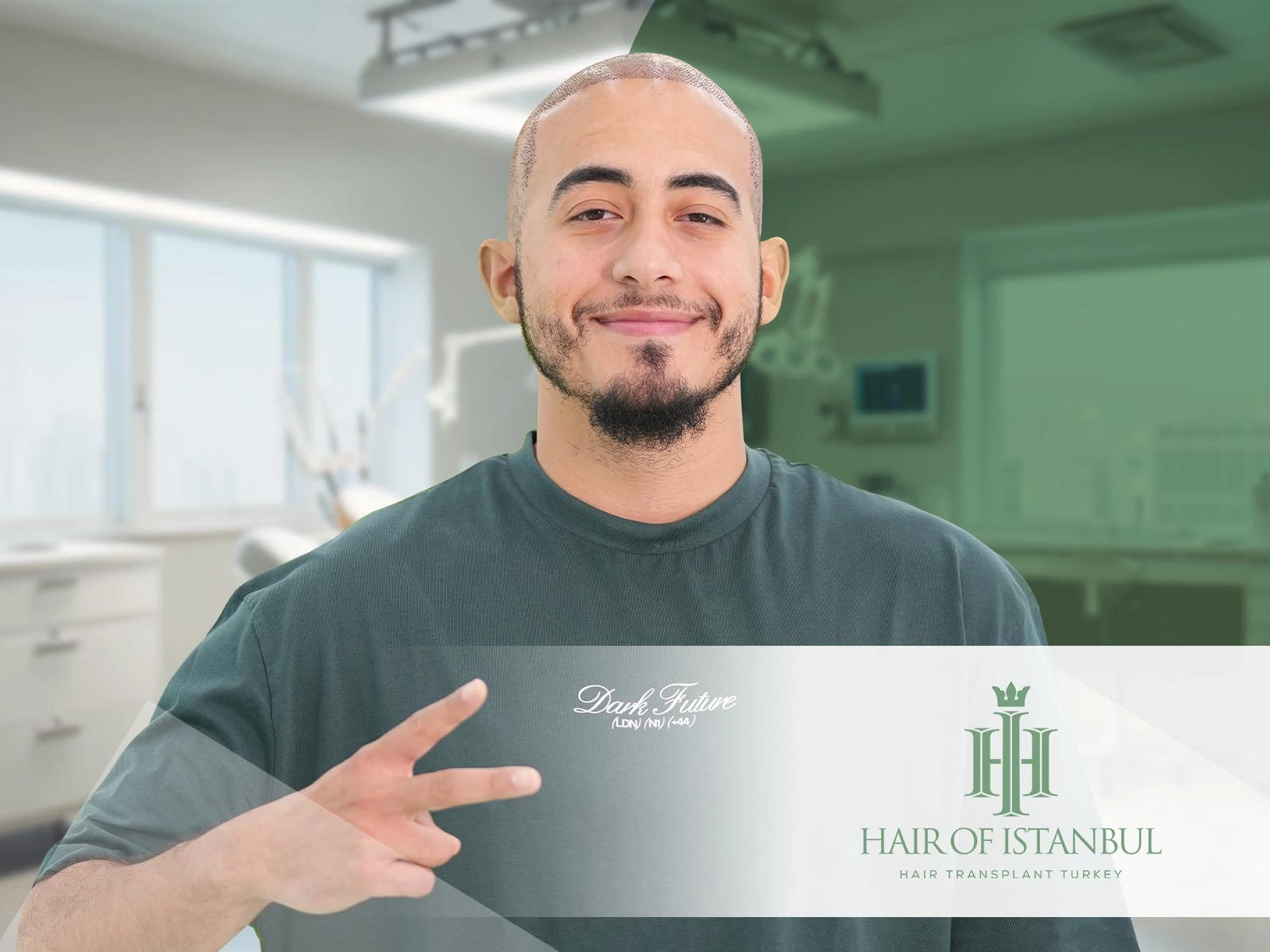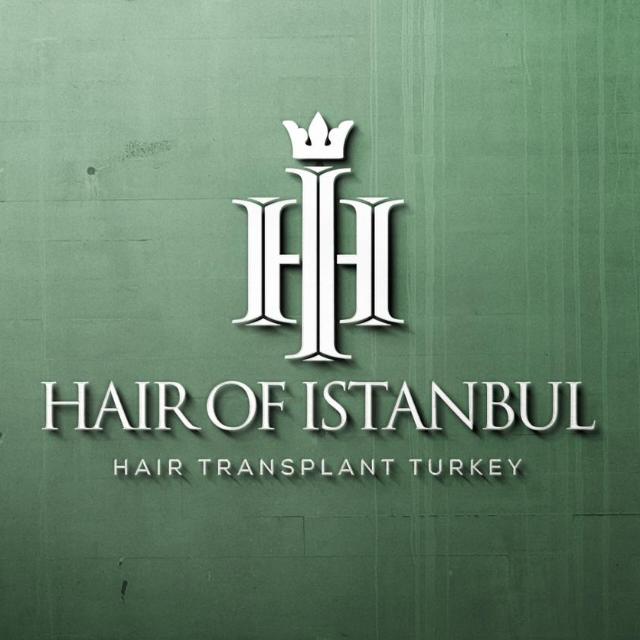DHI vs FUE Hair Transplant: Which Technique Fits Your Hair Goals?
DHI vs FUE Hair Transplant; choosing the right method for your hair transplant can significantly impact your long-term satisfaction and results. Two of the most advanced and widely used techniques today are DHI and FUE hair transplant. While both are minimally invasive and offer natural-looking outcomes, they differ in their approach, recovery time, and suitability based on individual hair loss patterns.
At Hair of Istanbul, a globally recognized hair transplant clinic, the choice between DHI and FUE is made based on a thorough medical assessment and the patient’s specific goals—whether it’s achieving maximum density, reducing downtime, or maintaining existing hair length.
Understanding FUE Hair Transplant
FUE (Follicular Unit Extraction) involves extracting hair follicles individually from the donor area and implanting them into the recipient area. It’s known for producing minimal scarring and has a shorter surgery duration. This technique is often recommended for larger procedures, such as a 3000 grafts hair transplant, due to its ability to cover wide areas efficiently.
Patients undergoing man hair transplant or those with significant thinning at the crown often prefer FUE because of its flexibility and long-term durability. At Hair of Istanbul, the FUE method is performed with precision instruments and under strict sterile conditions, minimizing the risk of complications.
What Makes DHI Hair Transplant Different?
DHI (Direct Hair Implantation) is a more refined method where follicles are implanted directly into the scalp using a specialized Choi pen. This allows for more control over angle, depth, and direction—making it ideal for cases where artistic hairline design or density in smaller areas is the goal.
DHI is commonly chosen by those seeking a hair transplant for women, especially when the frontal hairline is being restored. It’s also a great option for patients who want to preserve longer hair, such as in hair transplant long hair cases.

DHI vs FUE Hair Transplant: Which Technique Has a Faster Recovery?
In terms of healing, both methods offer relatively quick recovery. However, FUE is often considered slightly more favorable due to its minimally invasive nature and reduced risk of complications. Patients may experience less discomfort and faster scab resolution with FUE. Regardless of the method, hair transplant care after is essential to support healing and optimize hair transplant results.
By hair transplant 3 months, visible hair growth typically begins for both FUE and DHI patients. Clinics like Hair of Istanbul provide detailed follow-up programs to ensure proper recovery and support patients through every phase of regrowth.
Bu gönderiyi Instagram’da gör
Is There a Cost Difference Between DHI vs FUE Hair Transplant?
Yes, and for good reason. DHI generally requires more precision, advanced tools, and longer procedure time, making it more expensive than FUE. While some may search for a cheap hair transplant, it’s important to balance cost with quality. At Hair of Istanbul, pricing reflects the technique, surgeon expertise, and international standards of hygiene and safety.
Whether you’re considering hair transplant in Turkey for affordability or quality, choosing a clinic that prioritizes ethical practice and long-term satisfaction is essential.
Before and After Hair Transplant: How Do Results Compare?
Both techniques yield excellent outcomes when performed correctly, but the final appearance depends on individual goals. For example, before and after hair transplant images from FUE patients often show full crown coverage, while DHI results may highlight refined frontal density and natural hairline aesthetics.
The team at Hair of Istanbul ensures that each patient receives before-and-after documentation, allowing for a clear comparison of progress and satisfaction with the results.
Which One Is Right for You?
If you’re looking for maximum coverage and efficiency, FUE may be your ideal solution. If you prefer detailed hairline shaping and quicker healing with minimal shaving, DHI could be a better fit. Specific factors such as donor area strength, hair texture, and personal lifestyle all influence this decision.
For patients with unique needs—such as those considering an afro hair transplant or a tailored approach for female hair transplant—a personalized evaluation is the best way to ensure success.
Personal Goals Define the Right Technique
When comparing DHI vs FUE hair transplant, there’s no one-size-fits-all answer. Both techniques offer remarkable results when aligned with the patient’s expectations and executed by experienced hands. At Hair of Istanbul, the focus is on crafting a treatment strategy that reflects your aesthetic goals, hair type, and long-term vision.
Schedule a consultation to find out which method suits you best—and take the first step toward restoring your confidence.






